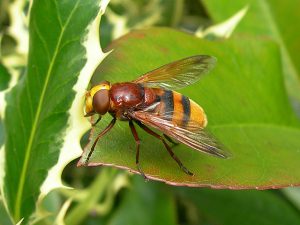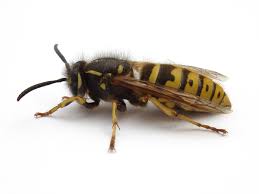Welcome to the Asian Hornet identification and reporting page of T&TVBKA. The the aim of this page is to help people confirm a sighting of an Asian Hornet and in the event of a positive identification to help compile evidence to send to the Non Native Species Secretariat.
To help verify that you have seen an Asian hornet, can you please check your sighting against the various images shown below as the Asian hornet has been confused with a number of similar but different species of hornets, bees and wasps.
If after viewing the images you think you have seen an Asian hornet, even if you're not sure, please fill in the Asian hornet sighting form below. The information you supply will be sent to the T&TVBKA Asian Hornet Action Team (AHAT) whereupon someone will contact you regarding your sighting,
Asian hornet
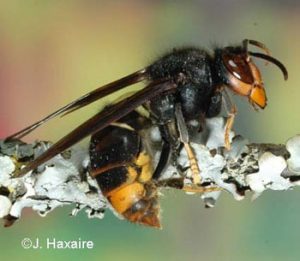
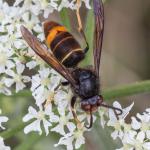
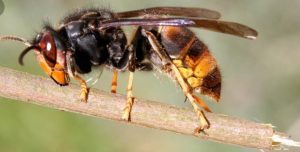
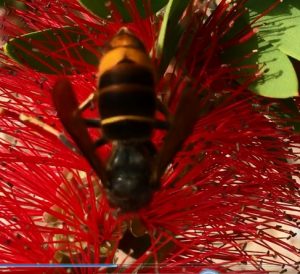
European hornet
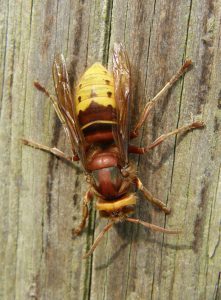
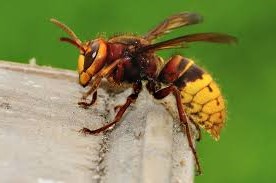
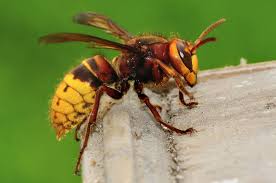
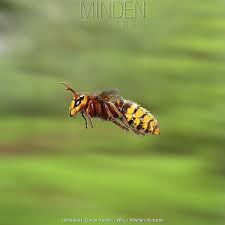
Asian vs European hornet comparison
Asian hornet (Vespa velutina)
Queen up to 30mm long, worker up to 25mm long
Legs yellow at the ends
Dark brown / black abdomen with a yellow / orange band on 4th segment
Head dark from above, orange from front
Dark coloured antennae
Entirely black velvety thorax
Never active at night
European hornet (Vespa crabro)
Queen up to 35mm long, worker up to 30mm long
Legs brown at the ends
Yellow abdomen marked with brown on the upper part, not banded
Head yellow from above, yellow from front
Yellow antennae
Thorax black with extensive brown markings
May be active at night

